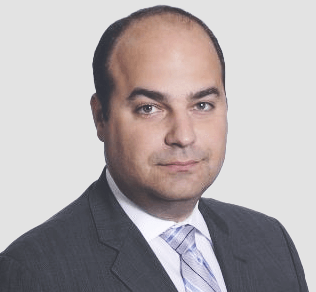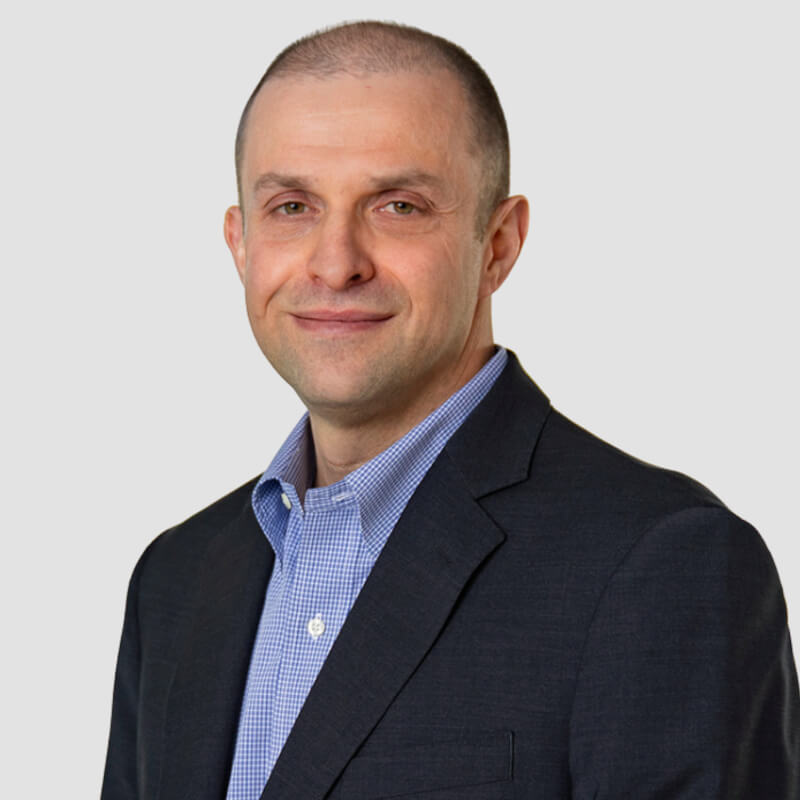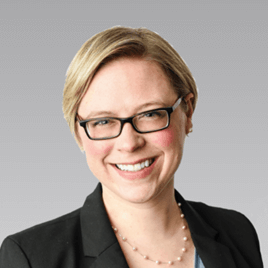
Insight
Navigating retailization’s back-office challenges
Chief Operating Officer, Mike Janiszewski spoke to PEI Fund Services report about the value of outsourcing administrative functions to respond to the increased market demand from individual investors. Get in touch to partner with a proven third-party provider to harness this potential.

Mike Janiszewski, Chief Operating Officer, spoke to PEI Fund Services report about the value of outsourcing administrative functions to respond to the increased market demand from individual investors. With about half of global assets under management (AUM) held by individuals, private fund managers are keen to tap into this vast potential. Large asset managers, like Blackstone, have ambitious goals for increasing their retail capital offer. However, accommodating individual investors in alternatives, presents significant complexity- complicated structures, dealing with varying regulations, individual tax burdens and increasing back-office administration.
Mike opined that “Taking on investment from private wealth investors will require a step-change in middle- and back-office infrastructure” Private markets have responded to this already and multiple investment structures are being adopted to accommodate the differing needs of individual investors, as well as new distribution channels and digital platforms. At AD, we have been specializing in this for the past 20 years; delivering for our clients via a combination of jurisdictional, technological and administrative expertise.
Ultimately, leveraging technology for automation and data streamlining must come alongside partnership with third-party providers who can harness new tools for great success. Reach out to to find out more.
Keynote interview
How to drive transformative artificial intelligence in fund services
Demetry Zilberg, Chief Technology Officer was interviewed in PDI’s Tech, AI & Fund Services edition about the Alter Domus technology journey, as well as artificial intelligence and its impact on private credit. He highlights the importance of managing the gap between hype and practical business applications, prioritizing opportunities and mitigating risks.

Interview
Q You have recently joined Alter Domus as chief technology officer. What background do you bring to the role, and how is that perspective useful for Alter Domus and its clients?
Most recently, I was a chief technology officer at Wells Fargo bank. Before that I was the CTO of the financial data and software company FactSet, which was my final role there over a 20-year period. In these positions I’ve been involved with a vast array of initiatives, from developing mobile capabilities and addressing challenges such as identity protection and fraud prevention to developing and executing artificial intelligence strategies and implementing generative AI.
Alter Domus is my first experience in a private equity-owned company. The mandate of the senior team here is clear: how do we use technology to make our services more efficient, more intuitive, and more impactful for our clients?
At Alter Domus, my team owns all the technology and app development efforts for the business, as well as the data analytics and engineering and some of the product strategy from a technology perspective. The goal is to help continue to scale an already rapidly growing business and drive several transformative initiatives, with one area of focus being the data and analytics business, where we see a lot of potential.
Q What is your perspective on AI and its adoption in private markets?
AI has been fundamental to many companies and products for a number of years. Companies such as Tesla have been working on self-driving vehicles for more than 10 years, and those are inherently AI-enabled. So, AI is not new.
What has changed is that last year saw probably one of the most successful marketing campaigns ever launched when Open AI unveiled its initial version of ChatGPT. We all started talking about generative AI and what ChatGPT would mean for us. Adoption of that tool went from zero to 100 million active users in just two months, making it the fastest growing consumer application in history. That showed the art of the possible with generative AI, and immediately drove that conversation in boardrooms.
Right now, what is important for business is to thoughtfully manage the gap between AI hype and practical business applications. Businesses need to prioritize opportunities in order of obtainability and then manage communications with stakeholders to create meaningful outcomes. Too often, companies become focused on what’s new, rather than what’s best, or more to the point in Alter Domus’s case, what’s best for our customers.
Q What steps are service providers like Alter Domus taking in AI?
We believe that before any concrete actions are taken in AI development, governance issues have to be addressed. Protecting both our clients’ data and business at large as well as our own is of the utmost importance.
It’s best practice to have a formal and mature intake process for AI applications and a multidisciplinary panel that considers and prioritizes opportunities for the business, as well as any implementation guardrails and cyber-security considerations. That panel should include representatives of technology, business, regulatory compliance and HR. Putting that disciplined collective effort into mitigating risks like data leaks or data breaches is essential.
The other element of this is the technology itself. The way a company like Alter Domus approaches that is with a platform construct. Instead of focusing on underlying infrastructure (such as GPUs), we chose to partner with cloud providers that offer robust ‘out of the box’ solutions that enable us to experiment, validate, and deploy AI solutions with little friction. Leveraging our partners that have robust end-to-end services that aggregate versus trained or partially trained algorithms is a smarter method for us.
For example, we have a relationship set up with AWS using some of their services, such as SageMaker and Bedrock, which deliver pre-packaged platforms of large language models. That is central to our strategy because we get immediate access to enhanced technology and capabilities.
One of the ways we approach AI governance is to consider use cases in three buckets: ready-made solutions we can buy (such as co-pilots that can be easily integrated into our workspace productivity tools); capabilities and tools, built by Alter Domus, that enhance the efficacy of our employees’ service delivery to clients; and AI capabilities embedded into products, delivering sophisticated analytical capabilities and meaningful insights to our clients.
Q Why is private credit a particular area of focus, and what advances are being made there?
We feel the private credit space really lends itself to the last two of those three categories. There are tens of millions of unstructured documents and data sources in private credit, with many in PDF, Excel or even fax format.
We have a product called Digitize that processes 30 million documents, extracting, classifying, and incorporating content into client-facing products. Then it becomes easier to use generative AI and the analysis of that data requires less human input, leading to better outcomes, faster turnaround times and cost savings for clients.
Q Is AI replacing humans in the use cases you see?
I think for the foreseeable future, AI is about creating substantially better tools for humans to use, but we still need humans. Instead of using manual tools to deliver outputs, you can speed up processes and get more reliable results using AI, and that is more rewarding work for the humans involved.
For now, we still need humans to oversee those processes, to check that AI is working properly, which means there is an upskilling opportunity and AI is simply taking away the more mundane elements of tasks. In the longer-term, AI will free our teams to focus on more strategic areas of work.
Q What do you expect to be the most exciting developments in this area in the near future?
We are focused on building out our data and analytics business as a comprehensive data platform making use of AI capabilities. That will take data from various siloes and make it available in a very secure and compliant way for our clients. We plan to employ AI to enable the data platform to deliver actionable insights and new analytical capabilities for our clients.
The key element in all of this is that you have to ‘feed the machine’: AI needs data to really learn and operate in the most effective way, and we sit on a treasure trove of data. We make certain to prioritize the use cases that will have a beneficial impact on our clients. We want to give them more visibility into their funds than they have ever had before, allowing them to make faster and better formed decisions.
Insights
Keynote interview
Codifying best practice
Tim Toska and Emily Ergang Pappas were interviewed in June’s Buyouts Secondaries Report. They outlined how the SEC private fund rules will provide a regulatory framework around GP-led secondaries, ultimately supporting their continued growth.

Interview
Q To what extent do the SEC’s private fund rules impact the secondaries industry and how have these changes
been received?
Tim Toska: The US Securities and Exchange Commission’s new private fund adviser rules are certainly far reaching and there are significant changes involved. But, as it relates to the secondaries industry, it is the mandatory requirement for a fairness opinion or valuation in every GP-led secondaries deal that is the most directly relevant. There are also new disclosure requirements around material business relationships and activities, which must be formally documented and posted to a portal. In many instances, both are already happening, but the rules mean there is now a regulatory requirement to take these extra steps in what might well be a time sensitive transaction. That can always be a cause for concern. Managers want to be able to proceed with deals in as frictionless a way as possible. That said, compared to some other aspects of the rules, these provisions are unlikely to keep many awake at night.
Q Could a clearer regulatory framework around GP-led secondaries be welcomed, particularly when it comes to ensuring LPs are comfortable with these deals?
TT: Absolutely. This is a fast-growing market, and it has been exciting to see GP-led secondaries emerge as a valid avenue for generating liquidity, alongside traditional M&A and IPOs. But there are clearly some inherent conflicts of interest that need to be carefully managed because the last thing anyone wants is for questions to be asked in hindsight, should a deal not turn out as planned. These are not arms length transactions and so they lend themselves to being second guessed. Increasing the regulatory framework helps eliminate any of that doubt and so from the perspective of the ongoing growth and maturity of the sector, I think it is largely to be welcomed.
Emily Ergang Pappas: It also goes long way towards ensuring all investors are in the same situation. Yes, there were many funds that were already including fairness opinions in their deals and going the extra mile in terms of transparency, but now investors in every fund will be afforded that same level of protection from potential conflicts of interest. The codification of best practice means all investors are now in the same boat.
Q What modifications have we seen since the initial rules were proposed and where are we now in terms of when the rules will be enacted?
EEP: We are in a unique position as fund administrators in that these rules don’t technically apply to us, but they will apply to most of our clients and will affect the services we provide. We are therefore keeping a close eye on how things develop. There are a number of lawsuits that are ongoing, and no-one is entirely sure what the timelines are likely to be, but we are certainly paying close attention. I would agree with Tim though that this rule is not as controversial as some of the others. We have been heavily focused on the quarterly statement rule, for example, because there is a lack of clarity there and because it impacts our role as administrators particularly. There have already been some modifications made between the proposed rules and final rules when it comes to secondaries, with greater flexibility to choose between either a fairness opinion or a valuation. Beyond that we are in a wait and watch holding pattern, considering what the eventual outcomes are going to mean for clients.
Q Given the GP-led market’s growth, is it reasonable to expect it will be subject to greater regulatory scrutiny going forward, beyond these specific rules?
EEP: The short answer is yes, absolutely. Anytime something grows in size and popularity to this extent, particularly when it involves readily identifiable conflicts of interest, it is inevitable that the SEC and other regulators around the world are going to want to put some parameters in place to ensure investors are adequately protected.
Q Against this regulatory backdrop, how are you seeing the GP-led secondaries market evolve?
TT: I would say that the GP-led secondaries market has now reached a stage in its maturation journey where it sits side by side with other strategies. Certainly, in terms of deal volumes, GP-leds have been at or about 50 percent of the overall secondaries market for the past few years. In fact, there has been insufficient capital available to meet demand from GPs, who now view this as a viable exit route and means to generate liquidity in an environment where liquidity has been in short supply.
Q Will that growth trajectory continue unabated as and when M&A markets return?
TT: I believe that it will. There will always be reasons for GPs to pursue this type of deal, regardless of what is happening in the broader macroeconomic environment. It is true that a revival in M&A will lessen the need for GPs to turn to continuation vehicles to generate distributions for investors. However, there will always be sectors, or segments of the market, that are facing structural or economic hardships and where secondaries capital is required.
Furthermore, there will always be situations where the timing just isn’t right for a GP to exit, despite the fact it is running up against the limits of a fund’s life. Due to the intense growth in volume and awareness over the past few years, GPs know these GP-led deals are something they will always have in their back pocket.
Q The GP-led market is widely believed to be one of the most undercapitalized corners of private markets. How do you see the buyside evolving going forward?
TT: The secondaries market, and GP-led secondaries in particular, are undercapitalized relative to the supply of transactions in the market. But I don’t necessarily view that as a negative. In fact, in many ways it can be viewed as a positive, because it ensures buyers are able to originate and diligence opportunities in a disciplined manner rather than feeling any pressure to put money to work. Of course, we don’t want to see that undercapitalization continue forever. But it is no bad thing for supply to outpace demand as the asset class matures. That will help ensure everyone concerned has positive experiences, including LPs that decide to roll and the new investors that come in. The more of these win-win situations that we see come to fruition, ultimately leading to successful realizations over time, the better it is for the asset class in the long term.
Key contacts
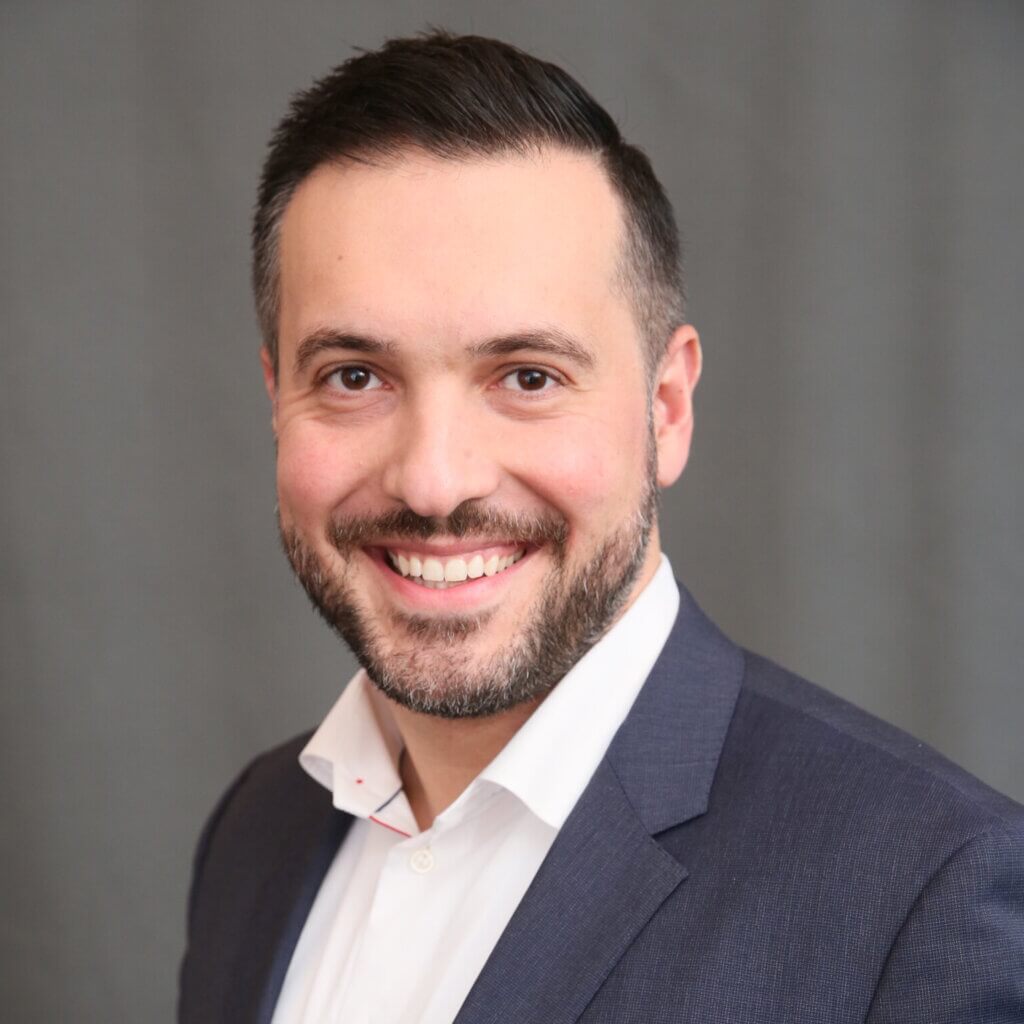
Tim Toska
United States
Global Sector Head, Private Equity
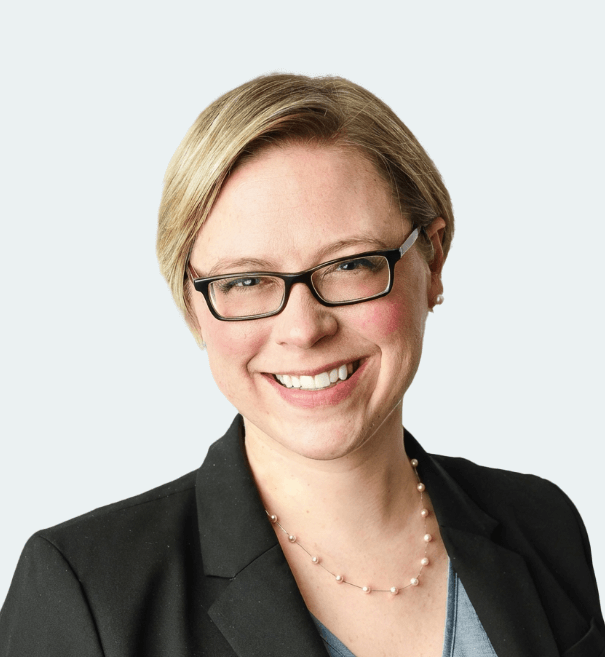
Emily Ergang Pappas
United States
Global Head of Legal
Insights
Keynote interview
Leveraging the power of technology
Tim Toska was recently featured in June’s PEI Fund Services Report where he discussed how private equity firms are increasingly turning to tech solutions to support everything from investor onboarding to portfolio management.

Interview
Q How far has private equity come in terms of its willingness to leverage technology to support middle-and back-office functions?
The industry has certainly come a long way, particularly over the past few years. The ability to leverage technology to support operations has moved from a nice-to-have to a must-have. A lot of that movement has been driven by investors in terms of the timeliness and granularity of the data that they are demanding, and that has placed an unprecedented emphasis on efficiency. Technology has inevitably been part of the solution, but this isn’t something that investors have foisted onto managers. It doesn’t work that way – it is something that needs to be embraced and we have undoubtedly seen a marked shift in managers’ willingness to do just that.
Q How is technology being used in the investor onboarding process?
Onboarding is a fantastic use case for technology because it is an area in which the private markets desperately need to become more efficient. Historically, onboarding has involved a huge amount of back and forth across paper trails, e-mail communication and calls. The ability to digitalise subscription docs and streamline AML and KYC processes using tech tools that weren’t available just a few short years ago, is proving transformative for the industry.
It is also incredible to see how far we have come in terms of LP portal development within a relatively short period of time. Just 15 years ago – which isn’t all that long ago, in the grand scheme of things – investors were receiving call notices by fax machine or even mail.
These investor portals have greatly improved, and continue to greatly improve, communication with LPs, while also creating significant cost and time efficiencies both for the manager and the underlying investor.
Q In light of the US Securities and Exchange Commission’s new private fund rules, how important is technology going to be in meeting regulatory demands?
Reporting requirements are intensifying as a result of regulation, including the new SEC rules, but they are intensifying in re sponse to investor demands in any case. It is therefore critical to have timely and accurate data at your fingertips as a private equity firm or administrator, which is exceedingly difficult without the use of technology. Technology can help with the sourcing of data and with moving that data across channels, which is what needs to happen with any reporting process. Again, technology has really become a must-have in meeting the additional demands that fund managers face today.
Q What are the foundational steps that firms need to take to maximise the potential of the data that they hold?
Small firms can probably handle data requests and analysis in Microsoft Excel. That becomes increasingly difficult to manage, however, as the business scales. It is therefore crucial that firms have a regimented plan around data from the outset, otherwise things can quickly become complicated, particularly when it comes to establishing a single source of truth.
Back-office teams, investment teams and marketing teams, for example, may hold different data sets that can often overlap. That data needs to be aggregated, normalised and validated until everyone is confident that the data they are accessing is based on the most accurate and up-to-date information. Only then can firms consider moving on to the next step of gleaning accurate and meaningful insights from the data and automating processes.
Q To what extent are private equity firms leveraging automation tools and data analytics today and what are the most interesting use cases?
At the highest possible level, there are three areas where private equity is exploring the use of automation: operations, portfolio management and investment decision-making. It is in the operational arena that we first saw many of these automation tools come into play. Any time you are dealing with a recurring process, such as an invoice payment, for example, that is a task that can be streamlined through automation.
Communication with portfolio companies, meanwhile, is another tangible use case for automation. Managers require businesses to provide regular updates on financial performance that are then fed into a data model upstream. Automation can really help in processing that information, regardless of the format in which it arrives. There are tools that can be used to standardise the different balance sheet and income statements coming from portfolio companies, allowing the firm to compare apples with apples and to feed the data into valuation models. In some cases, this data is coming from hundreds of different portfolio companies and so the ability to process and standardise it without manual inputting is clearly a massive efficiency gain. Teams that would have acted as data aggregators are instead able to spend more time reviewing and analysing the output.
By contrast, we are still in the earliest possible stages when it comes to automating investment decision-making processes. The focus for GPs right now is very much centred on creating a single source of truth, then employing automation tools to pull the relevant data so that humans can make decisions based on the best possible information.
Q What are the next steps for private equity when it comes to tech adoption?
What is most important is that we have now reached a stage where there is near-universal recognition of the importance of tech adoption. Just a few years ago, not everyone was necessarily sold on its benefits and tech adoption certainly wasn’t always viewed as the priority. That situation has flipped entirely. Of course, different firms are at different stages of that journey, but thanks to the now ubiquitous coverage of the benefits of automation in the mainstream media, we have got over the most significant hurdle, which is the willingness to embrace what technology has to offer.
It is important to recognize that no one is trying to get to a point where automation software is being used to identify an investment target, carry out due diligence and then spit out a yes or no answer as to whether or not the firm should proceed with that deal. No one is looking to go to those extremes. Instead, firms are experimenting with using technology to identify market trends and carry out sensitivity analysis, and then build in the human judgement that sets them apart. The use of technology in private equity has never been about replacing people. Instead, it has been about maximizing the potential of that human resource.
Insights
Conference
Private Funds CFO Network Chicago Roundup
David Traverso and TJ Veneris are looking forward to networking and discussing what matters in private equity and venture capital at the PEI Private Funds CFO Network Chicago Roundup this June 6. Reach out via the contact below.
Key contacts
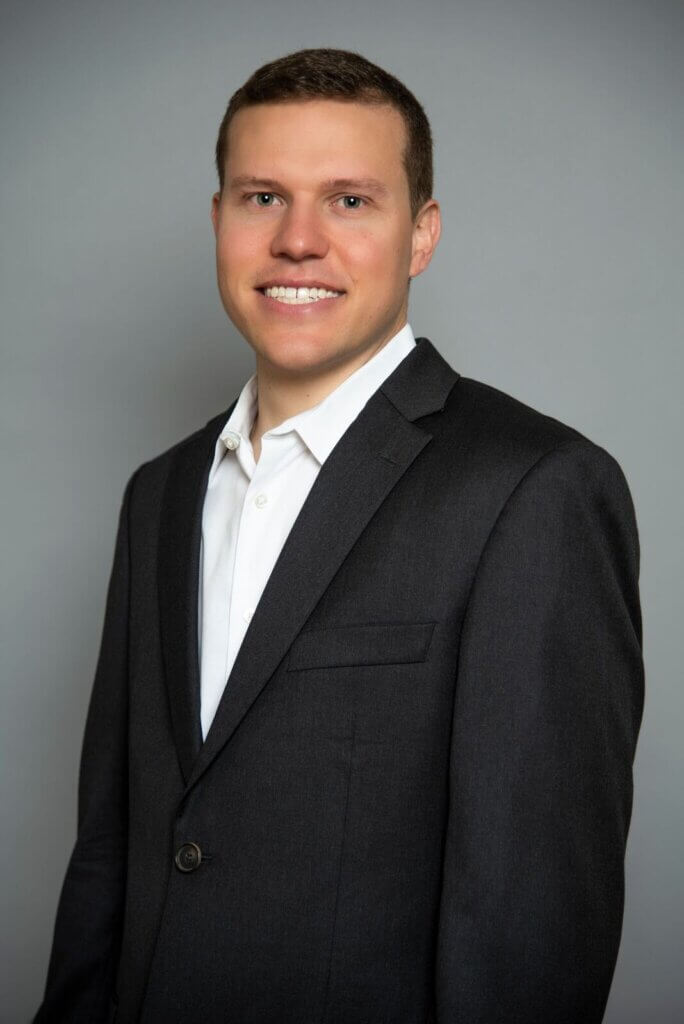
David Traverso
North America
Managing Director, Sales at Alter Domus North America
More events
No related content found.
Conference
SuperReturn International
Key contacts
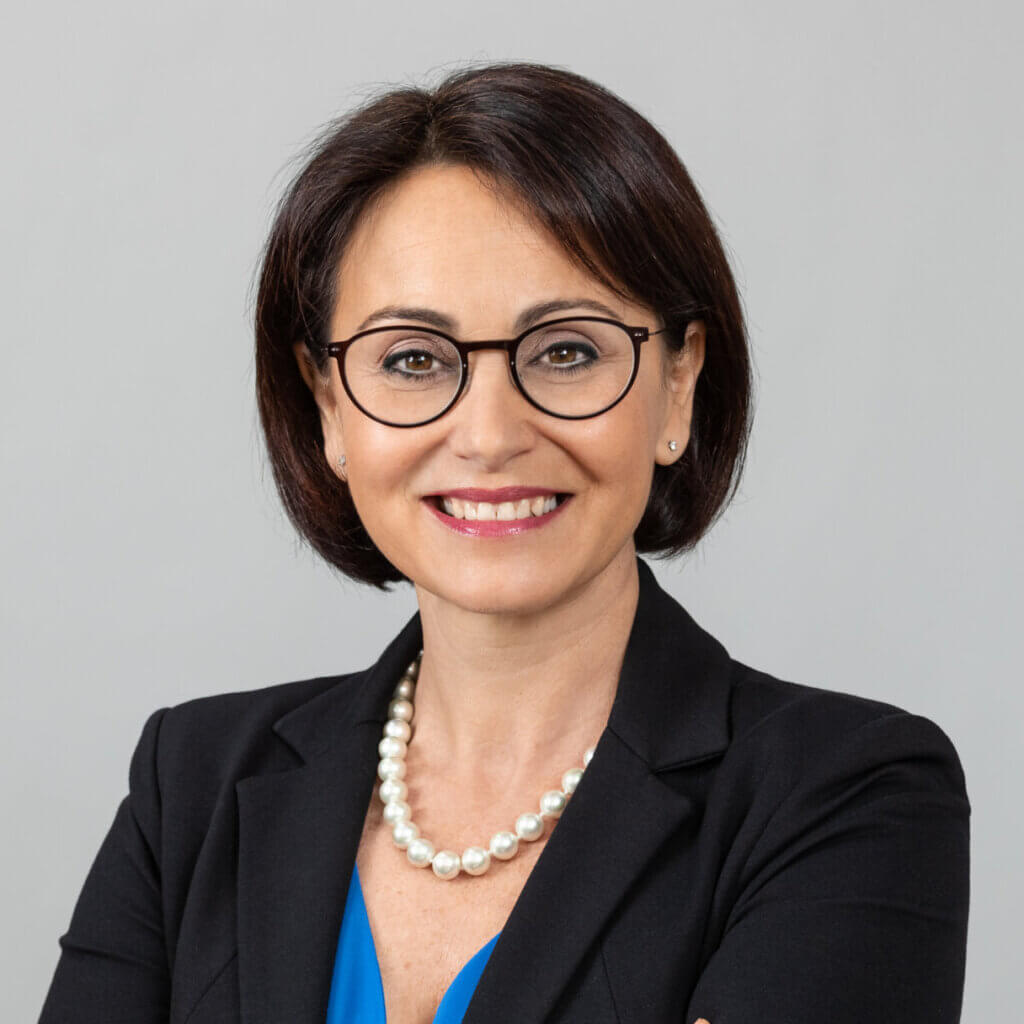
Angela Summonte
Luxembourg
Group Director, Key Accounts
More events
No related content found.
Conference
Realcomm | IBcon
Key contacts
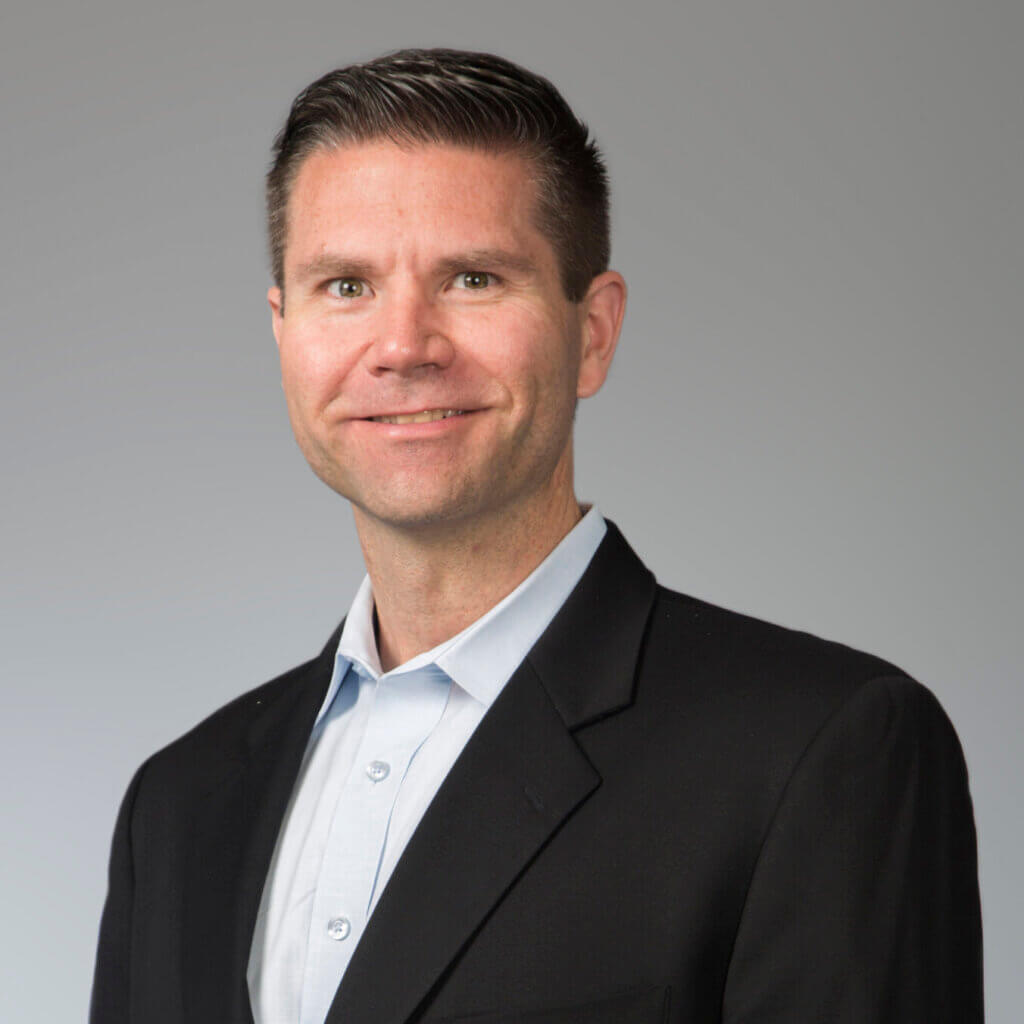
Michael Gregori
United States
Real Estate Operational Leader, North America
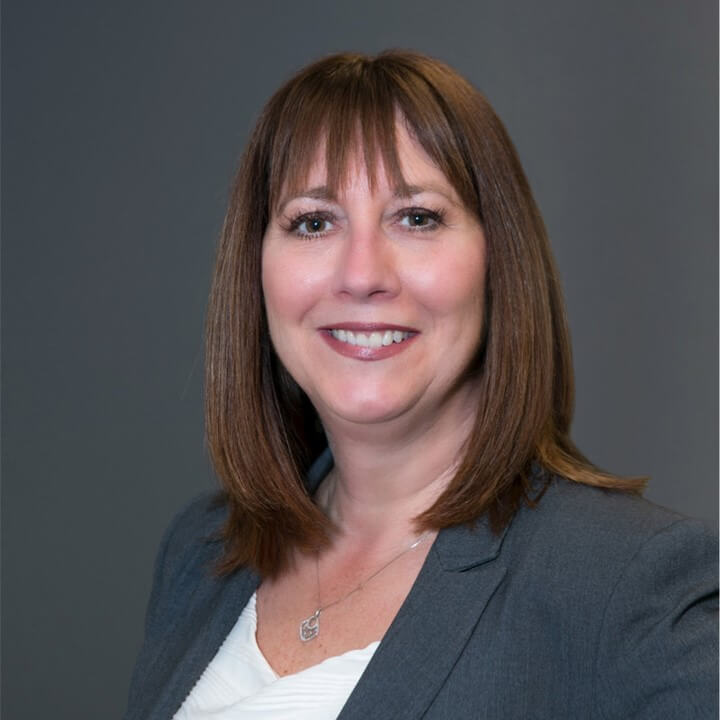
Benay Kirk
United States
Managing Director, Real Estate, North America
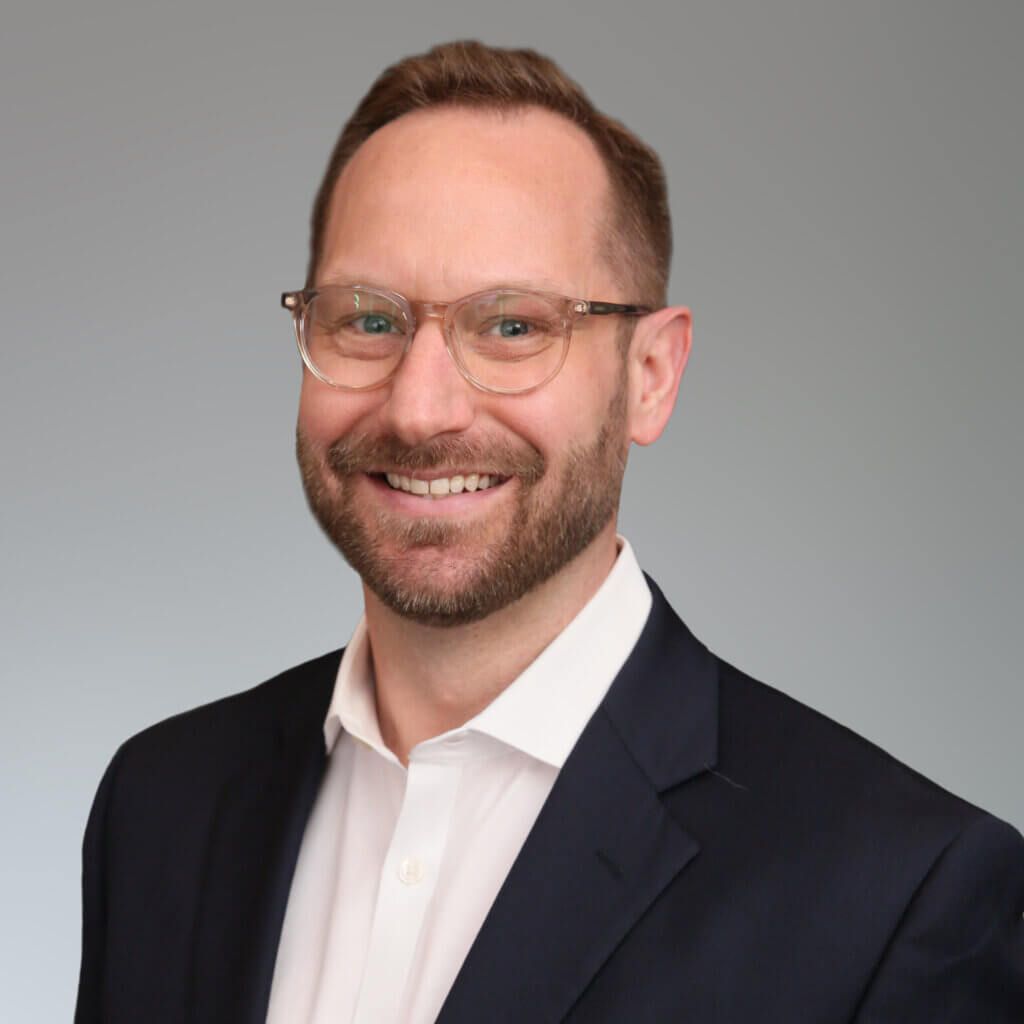
Alex Droste
United States
Global Real Estate Platform Leader
More events
No related content found.
Conference
Invest Europe CFO Forum
Join Bruno Bagnouls and Patrick McCullagh at Invest Europe CFO Forum in Lisbon, Portugal from May 23-24. This forum, for CFOs, COOs and senior finance and fund executives in private equity and venture capital offers a peer-to-peer sharing environment to reflect on current initiatives, challenges, and strategic objectives.
Key contacts
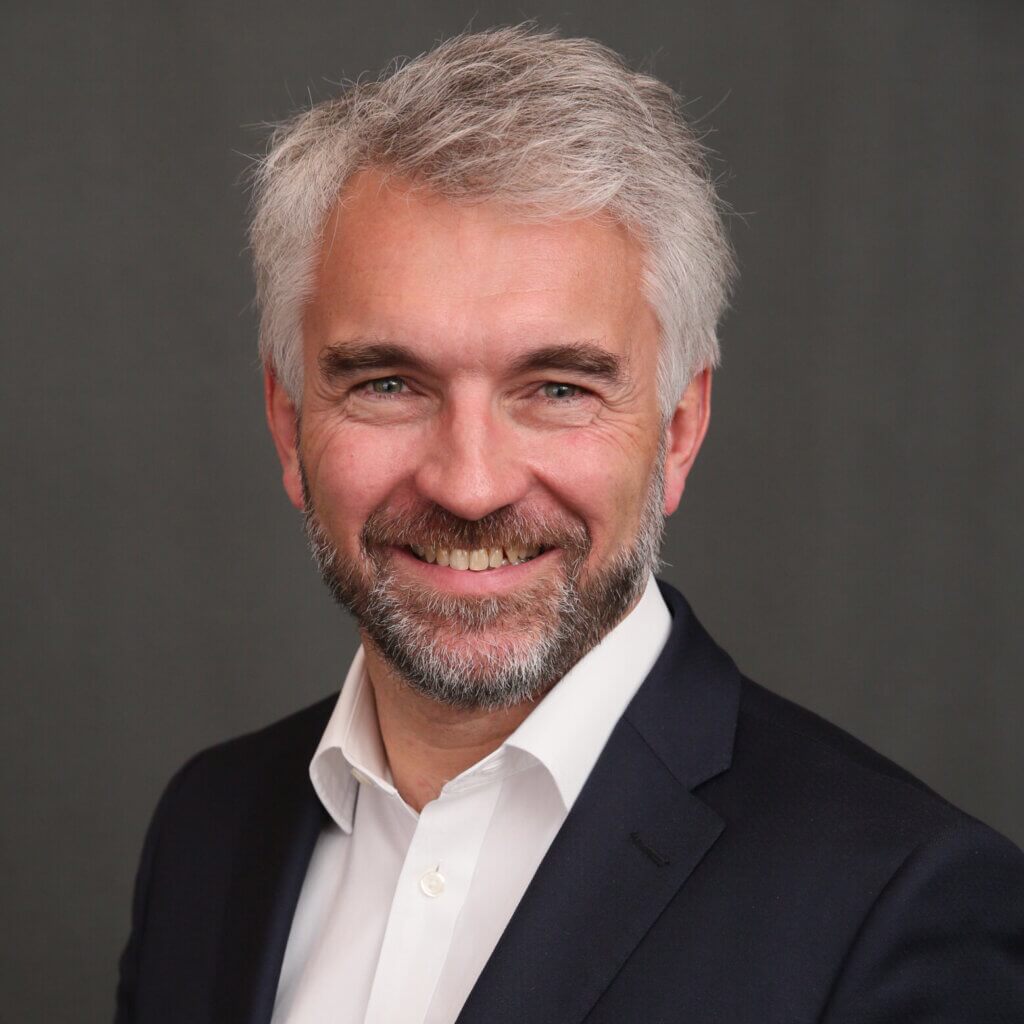
Bruno Bagnouls
Luxembourg
Head of SPV Solutions and Luxembourg Business Development Leader
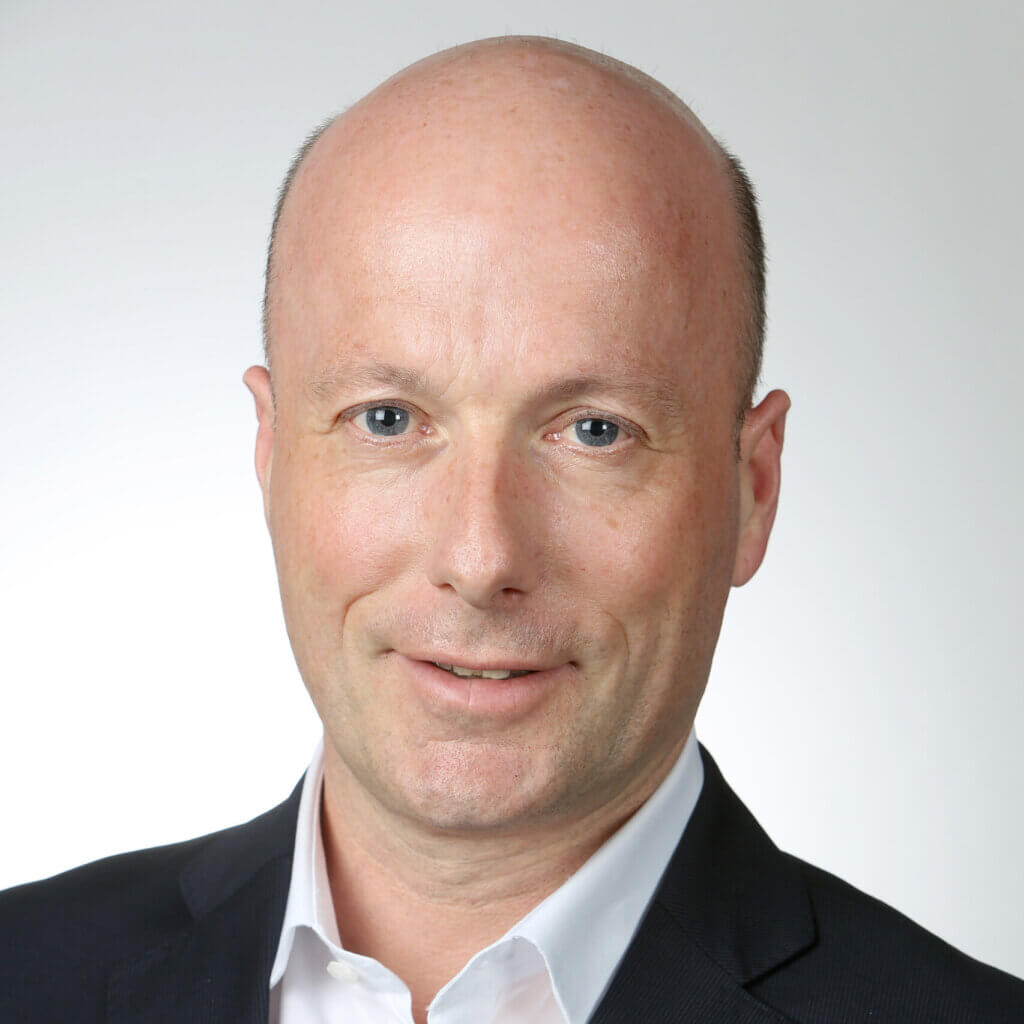
Patrick McCullagh
United Kingdom
Managing Director, Sales, Europe & United States
More events
No related content found.
Analysis
Navigating the challenges of today’s private equity environment
In a four-part series Alter Domus will explore the main challenges facing US private equity managers in a constantly evolving marketplace and outline how partnering with a responsive fund services provider can help mid-market teams to adapt to a changing landscape and meet the rising tide of compliance and regulatory demands without compromising focus on the core business of sourcing deals and delivering returns.
Article 4: Rising Regulation
In the last of a four-part series exploring the the main challenges facing US private equity players in a constantly evolving marketplace, Alter Domus looks at how working alongside fund services partners can help managers to stay on top of these additional regulatory demands.

The private capital industry has undergone a period of remarkable expansion during the last decade, with assets under management growing at a compound annual growth rate of 14 percent in the ten years between 2013 and 2023 to reach US$14.5 trillion.
As more capital has flowed into private markets, regulatory scrutiny of the asset class has inevitably followed (particularly given the industry’s focus on growing its non-institutional investor base), culminating with the US Securities Exchange Commission (SEC) adopting new rules in 2023 to strengthen regulatory oversight of private funds managers.
The rules, which run to more than 600 pages of text, represent the most significant overhaul private markets regulation in the US since the 2008 global financial crisis, and will place significant additional disclosure and reporting costs on managers.
The rules are only set to come into force beginning in September 2024, and a group of private markets managers have mounted a legal challenge against the SEC rules, which if successful could oblige the SEC to review its plans.
But as things stand some of the main reporting and disclosure requirements the industry will have to be ready for include:
1. Mandatory Quarterly Reporting
With the aim of improving transparency, the SEC will require registered private fund advisers to provide quarterly statements to investors with detailed information on fund fees, expenses and performance.
2. Annual financial statements and audit
The new rules will also require private fund advisers to produce and distribute and annual financial statement and audit for each private fund they advise.
3. Fairness opinions on GP-led deals
Managers undertaking GP-led secondaries transactions will be required to obtain independent, third-party fairness opinions on deal valuations.
4. Preferential treatment
The new rules will also prevent private fund advisers from providing any investors with preferential treatment regarding redemptions and information that would have a negative impact on other investors.
In all other case of preferential treatment, the SEC has adopted a “disclosure-based exception to the proposed prohibition”, that will include “a requirement to provide certain specified disclosure regarding preferential terms to all current and prospective investors”.
This could have serious implications for the use of side letters (which grant specific rights to certain investors), which have become more and more prevalent across the industry.
5. Restricted activities
The rules will also restrict any activity that is against the public interest or compromises the protection of investors, and private fund advisers will not be allowed to charge investigation costs to funds when sanctioned for violation of the Investment Advisers Act.
Counting the cost
Compliance with the new rules is expected to be costly, with managers not only having to produce additional reporting and disclosure, but also track potentially hundreds of side letters and make disclosures on these side letters to all other investors.
The FT reports that as part of its rulemaking process the SEC estimated that meeting the annual audit statement and quarterly reporting requirements could cost the asset class up to US$961 million a year, with rules and disclosure around fee costs and preferential treatment a further US$938 million of costs.
Implementation will be complicated even for large managers that already have sizeable back-office infrastructure in place. For smaller players the investment in additional general counsel, compliance and reporting resource the poses an even bigger challenge.
Help at hand
Managers, however, do not have to shoulder additional reporting and disclosure requirements alone, and can turn fund servicing partners with the size, experience and technology to handle additional regulatory obligations efficiently and cost-effectively.
Alter Domus, for example, has a range of technology, AI and automation tools at its disposal to help clients meet their obligations without incurring significantly higher costs or having to divert investment from the front office functions to bulk out the back-office.
Managers and funds will already have much of the data regulators are asking for to hand. The help of a partner that understands what data is required, how to collate it and structure the data into a coherent format can remove much of the heavy lifting and the pain points that managers would face if operating in isolation.
Alter Domus is already building out a new service offering to support clients on the regulatory front, which will be available to market before the new SEC rules come into force.
The fact that Alter Domus can service hundreds of clients through its platform – as a opposed to one manager having to build all this capability in-house just to service its own funds – also allows it to leverage its infrastructure at scale and materially bring down regulatory compliance costs for its clients.
Alter Domus also has significant experience operating in other jurisdictions, such as Europe, where regulatory regimes for private markets have been more demand, and is well versed in servicing complex fund structures – an especially valuable skill set when it comes to tracking and coordinating any preferential disclosure requirements that may be required.
The new SEC rules undoubtedly represent a step change in regulatory load managers have to carry. Partnering with a responsive fund services provider, who has a birds-eye view of the industry, can help teams to meet the rising tide of compliance and regulatory demands without compromising their focus on the core business of sourcing deals and delivering returns.

Article 3: Fit for fundraising
Investment returns will always be the primary focus for LPs when choosing which managers to allocate capital to, but as the private markets industry matures, and manager selection becomes more sophisticated, operational infrastructure and organizational resilience have become key factors in investor decision-making.
In a survey of more than 110 institutional investors for its most recent LP Perspectives report, Private Equity International (PEI) found that 87 percent of respondents cited GP team size and investment capacity as a significant factor in the manager selection, aside from track record.
Track record is still paramount, but LPs are not banking on the returns of a manager’s most recent fund as the only predictor of sustainable, long-term performance. Investors have recognized that how a manager functions operationally and the returns it is able generate are not mutually exclusive.
Indeed, a robust back-office provides dealmakers with the tools to run a successful front-office, especially as data analytics and AI become important differentiators when it comes to deal origination and execution. Deal processes are more competitive than ever, and speed of execution relies on dealmakers having back-office and operational support in place to collate deal intelligence, data, research and deal pipeline information and make it readily available.
Sound operational infrastructure also signals a manager’s future trajectory. How well-equipped is a manager’s operational model to cope with a scale-up in team numbers, funds and strategies and assets under management?
The operational robustness of a firm is also crucial for LPs that want to mitigate downside risk and build comfort around a manager’s processes for client onboarding, cyber security, cash management, fund accounting and investor reporting.
Having the best technology and back-office infrastructure will not secure LP support in isolation, but without it, managers will find it increasingly difficult to gain traction with LPs – even when returns are strong.
Meeting the operational challenge
Keeping pace with the increasing focus from investors on operations and back-office poses a unique set of challenges for smaller managers
For a large manager operating at scale, investment in back-office teams and technology represents a smaller percentage of assets under management (AUM) than it does for a smaller firm. Large managers executing a higher volume of deals across multi-fund platforms can also run a higher volume of transactions through their back-office channels, justifying the investment in the back-office.
Smaller managers, however, do not have to make huge upfront capital expenditure into order to upgrade operational infrastructure and meet LP “table stakes” for fundraising.
Working with a fund administration partner that is already operating at scale and investing in technology and people consistently can provide managers with best-in-class operational support at competitive rates. Fund services specialists have much large global footprints, that are more cost-effective and enable managers to benchmark fund costs
LPs will be familiar with leading fund services providers and will already have diligenced and built comfort around the capabilities of these providers.
Fund services providers will also have experienced teams in place that understand investors demands and requirements and help managers to meet these requirements and lock in investor support.
This experience is supported proprietary technology designed to address investor demands. Alter Domus’ Investor Portal, CorPro, for example, is built to assist investors with everything from onboarding through to fund reporting and fielding bespoke information requests. Alter Domus’ Digital Workflows Application, which harnesses automation and AI technology to enhance transparency and operational efficiency across the private equity fund administration process. These advancements in private equity fund services offer new levels of digitized data accuracy, positively impacting the investor reporting process.
Choosing the right operational model
A fund services partner can also provide valuable counsel on how to build a model that is the right fit for a manager’s requirements, and put the infrastructure in place to support a firm operationally for the long-term.
Alter Domus advises managers on how to up-tier operational models that are pressing against their limits and how to put structures in place that will give LPs the necessary comfort in fundraising processes and due diligence.
Whether that involves outsourcing or a co-sourced model, creating a bespoke operational backbone that addresses each firm’s individual requirements, and that can be scaled to match growth, covers the bases with respect to what LPs want to see from a manager operationally.
Partnering with an established fund services provider allows managers to back up solid returns performance with a best-in-class back-office capability that can support future growth, reduce downside risk exposure and meet LP due diligence requirements.
Article 2: Staying on top of technology
In the second of a four-part series exploring the main challenges facing US private equity houses in a constantly evolving marketplace, we outline how outsourcing partners can provide best-in-class software know-how at affordable price points.

The technology infrastructure required to run a private markets firm a decade ago couldn’t be more different to what is expected in the current market.
General partners used to be able to run their organizations using a basic accounting software package, spreadsheets and email and focus resources and time on the core front-office functions of sourcing and exiting investments.
As the private markets industry has expanded, the operational demands facing managers have ratcheted up. Deal and fund structures have become more complex (see Part 1) and investor and regulatory reporting expectations have increased.
As a now mature industry responsible for managing significantly higher volumes of investor dollars than a decade ago, managers have had to reappraise their operational backbone and investment in back-office capability.
Technology has served as a key enabler for helping managers to address the profound shifts in expectations around how they run their businesses, but the implementation of new technology, systems and processes comes with significant upfront capital expenditure and ongoing maintenance costs.
For large-cap firms managing vast, multi-strategy platforms, size makes it possible to keep the required technology expenditure as proportion of a manager’s total expense ratio in check. For managers with a much smaller family of funds to manage, keeping technology expenditure in check can be incredibly challenge.
Partners providing support
Working with a fund servicing partner provides a pathway for managers to make the necessary investment in technology infrastructure without allowing capital expenditure on technology to drain resources from a firm’s core competencies of dealmaking and portfolio company.
A fund services provider with a global footprint, managing thousands of funds on behalf of clients, can build and maintain in a technology platform of the scale that would be impossible for a single manager to match.
Scale and operational synergies put fund servicing providers in a position to provide a combination of best-of-breed industry software and proprietary tools at cost-effective rates that can be benchmarked against the wider market.
Alter Domus, for example, works daily with all the marketing-leading private markets software suites – FIS Private Markets (Investran); Allvue, eFront and Yardi – and
can also overlay best-of-breed software with proprietary technology that wouldn’t be feasible for single managers to build in isolation.
The 3rd generation of fund operations
With private equity now a mature, fully-fledged part of the financial
firmament, and volumes of funds and data exponentially rising, only the enhanced use of technology, such as Alter Domus Digital Workflows Application for private equity, can sustain and support AUM growth
Purpose built from private equity, these workflows are designed to handle the data volume and complexity of both classically structured and secondaries funds. They harness automation and AI to build a “digital bridge” between client and fund administrator, and therefore create a collaborative, non-siloed approach to working. to manage the growth and complexity of their portfolios.
This technology heralds the arrival of the 3rd age of fund administration and has helped our clients improve operational efficiency and transparency across their portfolios, end reliance on outdated communication channels and collate data into an analysis-ready source of truth.
Learn more about our Digital Workflows Application for private equity here.
High interest rates and market volatility have put the brakes on private equity exit activity during the last 12 months, with serious consequences for investor distributions and fundraising.
US exit deal value dropped to the lowest levels the first COVID-19 lockdowns in 2023, with year-on-year deal value falling by more than 50 percent to US$174.98 billion according to Dealogic data compiled by White & Case.
Exit value has suffered similar large declines in other global markets, which has seen the bank of unexited companies sitting in portfolios swell to more than $3 trillion, the highest levels on record, according to Bain & Co.
There are hopes that as the interest rate outlook stabilizes and buyers and sellers form a consensus on valuations that traditional exit routes will spark back to life, but there is widespread acceptance across the industry that managers will have to also work other exit channels – including GP-led continuation fund deals and distributions funded by NAV loan facilities – to clear the exit backlog.
New sources of liquidity
For managers with solid portfolios, there is strong appetite from both secondaries managers funding continuation fund deals and lenders offering NAV facilities to provide liquidity options.
GP-led continuation funds have created new pathways for managers and investors to monetize assets, realign portfolios and hold onto prized portfolio companies at the same time as making distributions.
GP-led secondaries have undergone an explosive period of growth, and although GP-led activity slowed in 2023, the GP-led market is still multiples larger than it was just a few years ago.
After a volatile year in M&A and IPO markets, which limited the scope for managers to secure exits and return cash to investors, the GP-led continuation fund deal market is expected to play a crucial role in helping firms to give investors liquidity and kickstart future fundraisings.
Continuation fund deals have had some exposure to the valuation disconnects between buyers and sellers in M&A markets during the last year, but drops in continuation fund transaction activity have been much narrower than observed in M&A and IPO settings, according to figures from Jefferies.
Managers have also increasingly turned to NAV financing – loans secured against the funds private equity firms manage – to inject liquidity into portfolio companies or, in some cases, make dividends to investors.
The use of NAV financing has not been without controversy, but with managers having to extend hold periods for longer than planned, capital made available through NAV loans has provided a welcome line of liquidity to keep funding portfolios and deliver some cash back to LPs.
Alternative exits: a back-office challenge
For managers with smaller back-offices than their large cap peers, these various alternative liquidity options have presented particular operational challenges.
A continuation fund deal, for example, will require substantial back-office resource to organise and execute, with ongoing administration and reporting to the investors in the new vehicle required post-deal. Putting an NAV-loan facility in place also requires back-office back-up.
For large private markets platforms with big back-office teams behind them these additional requirements can be absorbed by existing; but for smaller organisations scaling up back-office resource to accommodate a higher volumes of continuation fund and NAV financing deals is incredibly challenging and resource consumptive.
Working with an outsourcing or co-sourcing partner can help managers to handle the increasing reporting and administrative demands that come with continuation funds and NAV-facilities.
Fund administration partners will already be operating fund accounting systems and operational infrastructure at scale, and therefore be in a position to ramp up services for continuation fund and NAV loans as required.
Fund administrators also have the scale to invest in best-of-breed alternative assets software, and to supplement these platforms with proprietary tools and technology to help managers to handle the additional complexity and workloads.
Alter Domus’ Digital Workflows Application, for example, uses automation and artificial intelligence to collate data from multiple sources into a single stream ready for analysis; facilitating seamless workflows between managers and fund administrators to improve back-office efficiency.
Managers undertaking a continuation fund deal or NAV financing for the first time can also lean on the sector expertise of fund administration partners. Alter Domus, for example, works with multiple secondaries managers across its broad secondaries portfolio and is positioned to provide managers with first-hand experience and advice on what to expect from LPs and secondaries investors in continuation fund structures.
Utilizing alternative exit routes can be a daunting process for managers, but not something that they have to undertake alone.
Alter Domus is trusted by 90% of the top PE firms for our multi-sector expertise, award-winning technology and bespoke operating models. Find out how we can help you gain the upper hand in private equity.
Key contacts

Tim Toska
United States
Global Sector Head, Private Equity
Insights
Conference
Private Equity New York Forum
Join Alter Domus’ Lizzie Heil and Stephanie Golden at this year’s Annual Private Equity New York Forum, organized Markets Group- bringing together investors, fund managers and advisors to discuss sectors, due diligence and opportunities. Be sure to get in touch with them to discuss US private investment opportunities.
Key contacts
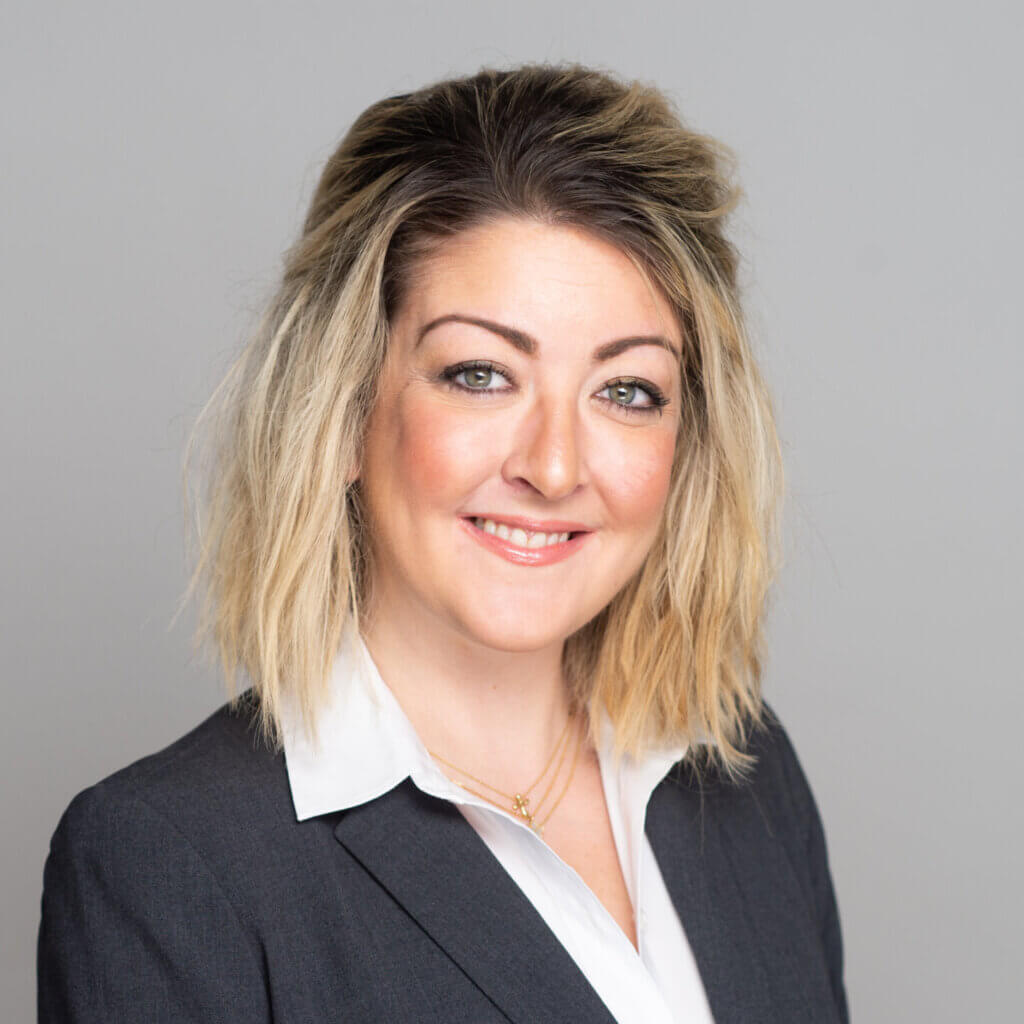
Lizzie Heil
North America
Managing Director, North America
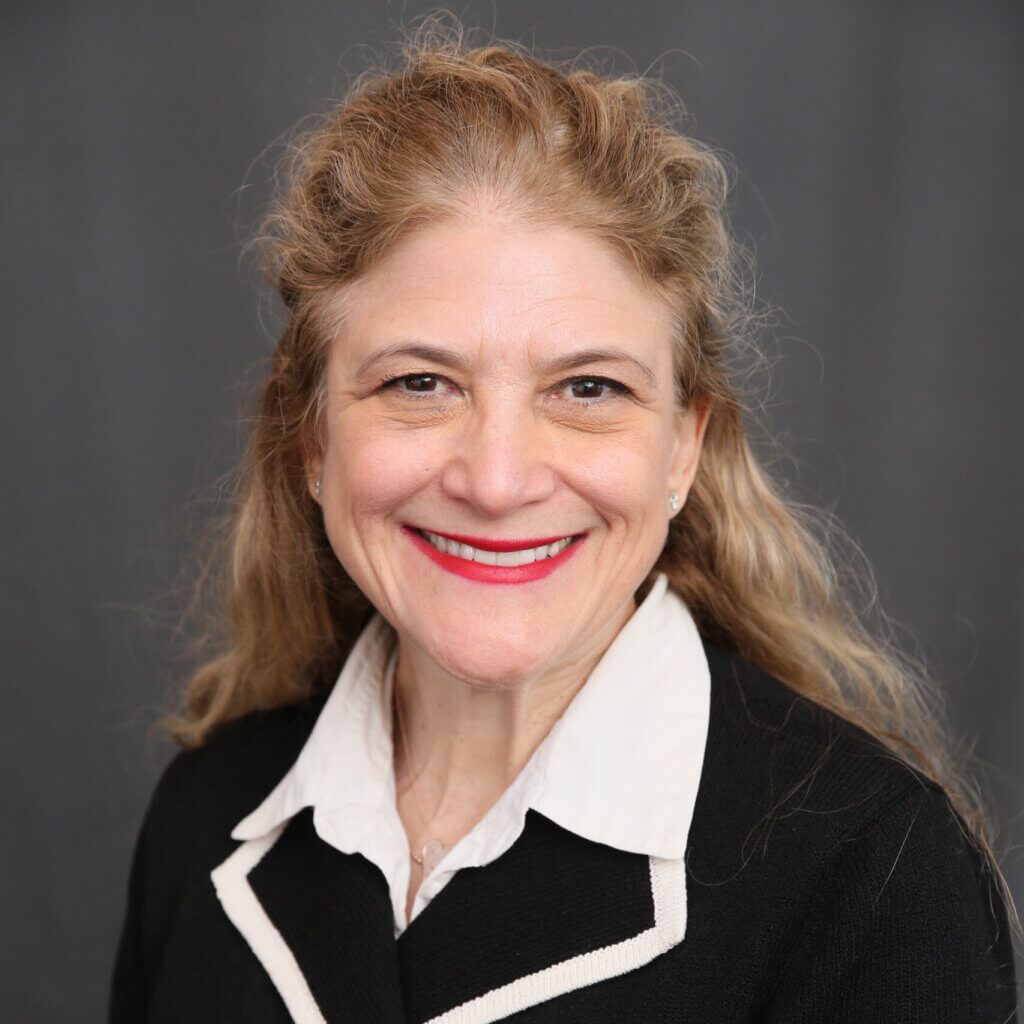
Stephanie Golden
United States
Managing Director, Sales, North America
More events
No related content found.

